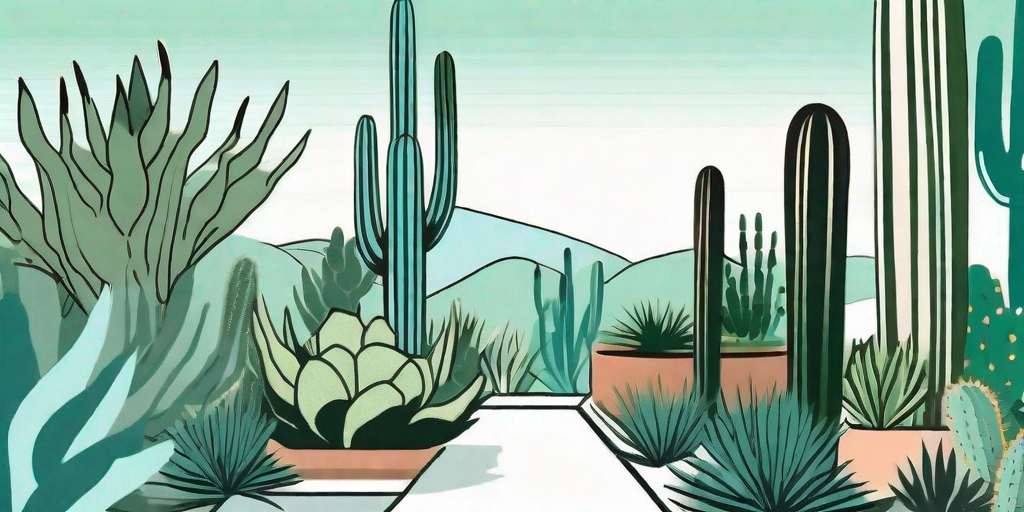
If you're living in a dry climate or simply have a knack for forgetting to water your plants, fear not! You can still maintain a lush and vibrant garden. The secret lies in choosing the right plants that thrive in low humidity conditions. These hardy species are not only drought-tolerant but also bring a unique aesthetic to your garden. So, let's dive into the world of low humidity plants and turn your garden into a desert oasis.
Understanding Low Humidity Plants
Before we start listing out the plants, let's first understand what low humidity plants are. These are plants that have adapted to survive in conditions where water is scarce. They have developed various strategies to conserve water, such as thick leaves, deep roots, and a slow growth rate. In other words, they're the camels of the plant kingdom.
Low humidity plants are not just cacti and succulents. There are many other types of plants, including flowering plants and trees, that can withstand dry conditions. So, whether you're looking for a small indoor plant or a large tree for your backyard, there's a low humidity plant for you.
Top Low Humidity Plants for Your Garden
Now that we've covered the basics, let's move on to the fun part - the plants! Here are some of the best low humidity plants for your garden:
1. Cacti
When it comes to low humidity plants, cacti are the undisputed champions. These prickly plants are native to the desert and are well-equipped to handle dry conditions. They come in a variety of shapes and sizes, from small round balls to towering columns. Some even produce beautiful flowers. Just remember to handle with care!
2. Succulents
Succulents are another great choice for a low humidity garden. These plants store water in their thick, fleshy leaves, allowing them to survive in dry conditions. They come in a wide range of shapes, colors, and sizes, making them a popular choice for indoor and outdoor gardens.
3. Lavender
If you're looking for a flowering plant that can withstand dry conditions, look no further than lavender. This fragrant plant thrives in sunny, dry conditions and is also deer-resistant. Plus, it's a great addition to any herb garden.
How to Care for Low Humidity Plants
Low humidity plants may be hardy, but they still need some care to thrive. Here are some tips to keep your plants happy:
1. Watering
While these plants can survive with little water, they still need some hydration. The key is to water deeply but infrequently. Wait until the soil is completely dry before watering again. Overwatering can lead to root rot, which is a common killer of low humidity plants.
2. Sunlight
Most low humidity plants love the sun. Make sure they get plenty of bright, indirect light. However, some plants, like certain types of succulents, can get sunburned. If you notice the leaves turning brown or yellow, move the plant to a shadier spot.
3. Soil
Good drainage is crucial for low humidity plants. They prefer sandy or rocky soil that drains quickly. Avoid using heavy, clay-based soils as they can hold too much water and cause root rot.
Frequently Asked Questions
1. Can low humidity plants survive indoors?
Yes, many low humidity plants can thrive indoors, as long as they get enough light. Succulents and cacti make great indoor plants.
2. Can I grow low humidity plants in a humid climate?
Yes, but you may need to take extra steps to ensure they don't get too much water. This could include using a well-draining soil mix and watering less frequently.
3. Do low humidity plants need fertilizer?
Most low humidity plants don't need much fertilizer. However, a light feeding in the spring can help promote growth.
So, there you have it - a comprehensive guide to low humidity plants. With these hardy species in your garden, you'll be able to enjoy a lush, green space, even in the driest of conditions. Now go forth and garden!















